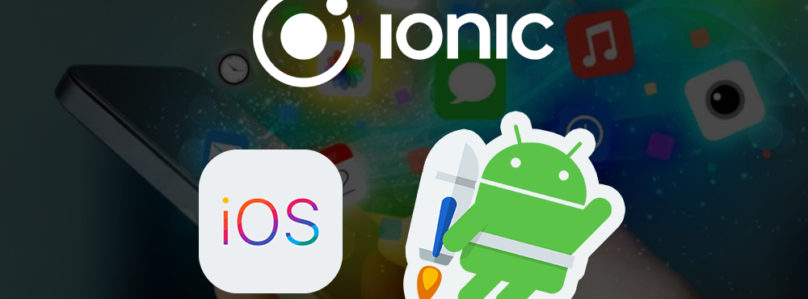
Mobile Apps
Mobile App Development
Kavya Softech pvt. ltd , is the best mobile application training company in indore. We basically focus on 3 mobile application technologies (Android, iOS, Ionic).
Android
Android is a mobile operating system developed by Google, based on the Linux kernel and designed primarily for touchscreen mobile devices such as smartphones and tablets. Android’s user interface is mainly based on direct manipulation, using touch gestures that loosely correspond to real-world actions, such as swiping, tapping and pinching, to manipulate on-screen objects. In addition to touchscreen devices, Google has further developed Android TV for televisions, Android Auto for cars, and Android Wear for wrist watches, each with a specialized user interface. Variants of Android are also used on game consoles, digital cameras, PCs and other electronics.
iOS
iOS (formerly iPhone OS) is a mobile operating system created and developed by Apple inc. completely for its hardware. it’s the operating system that presently powers several of the company’s mobile devices, as well as the iPhone, iPad, and iPod touch. it’s the second most popular mobile operating system globally after android.
Ionic
Ionic is a complete open-source SDK for hybrid mobile app development created by Max Lynch, Ben Sperry and Adam Bradley of Drifty Co. in 2013. The original version was released in 2013 and built on top of AngularJS and Apache Cordova. The more recent releases, known as Ionic 3 or simply “Ionic”, are built on Angular. Ionic provides tools and services for developing hybrid mobile apps using Web technologies like CSS, HTML5, and Sass. Apps can be built with these Web technologies and then distributed through native app stores to be installed on devices by leveraging Cordova.
Mobile Application Development Syllabus
- Introduction
- Introduction to Mobile Computing
- Introduction to
- Android Development Environment
- Factors in Developing Mobile Applications
- Mobile Software Engineering
- Frameworks and Tools
- Generic UI Development
- Android User
- More on UIs
- VUIs and Mobile Apps
- Text-to-Speech Techniques
- Designing the Right UI
- Multichannel and Multimodial UIs
- Intents and Services
- Android Intents and Services
- Characteristics of Mobile Applications
- Successful Mobile Development
- Storing and Retrieving Data
- Synchronization and Replication of Mobile Data
- Getting the Model Right
- Android Storing and Retrieving Data
- Working with a Content Provider
- Communications Via Network and the Web
- State Machine
- Correct Communications Model
- Android Networking and Web
- Telephony
- Deciding Scope of an App
- Wireless Connectivity and Mobile Apps
- Android Telephony
- Notifications and Alarms
- Performance
- Performance and Memory Management
- Android Notifications and Alarms
- Graphics
- Performance and Multithreading
- Graphics and UI Performance
- Android Graphics and
- Multimedia
- Mobile Agents and Peer-to-Peer Architecture
- Android Multimedia
- Location
- Mobility and Location Based Services
- Android
- Putting It All Together (as time allows)
- Packaging and Deploying
- Performance Best Practices
- Android Field Service App
- Security and Hacking (as time allows)
- Active Transactions
- More on Security
- Hacking Android
- Platforms and Additional Issues (as time allows)
- Development Process
- Architecture, Design, Technology Selection
- Mobile App Development Hurdles d. Testing